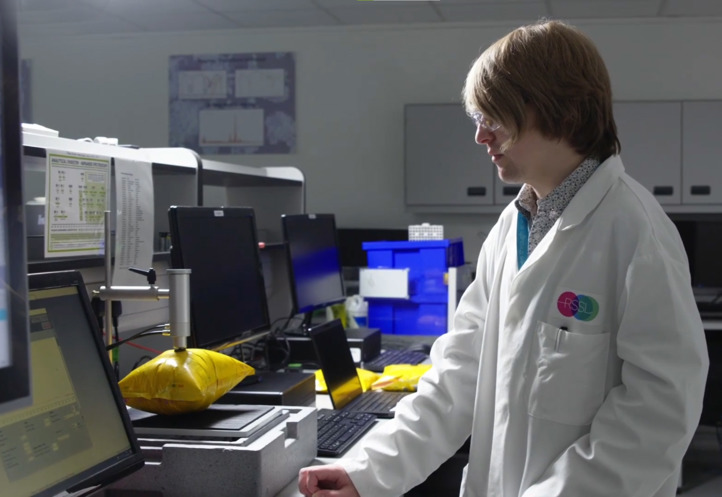We used apparatus for measuring the oxygen transmission rate (OTR) and the water vapour transmission rate (WVTR) where highly sensitive sensors measure the concentration of a test gas (oxygen or water vapour) in a test chamber separated from the flow of test gas by a packaging film barrier. A measurement is obtained when the concentration of the test chamber reaches a steady value.


